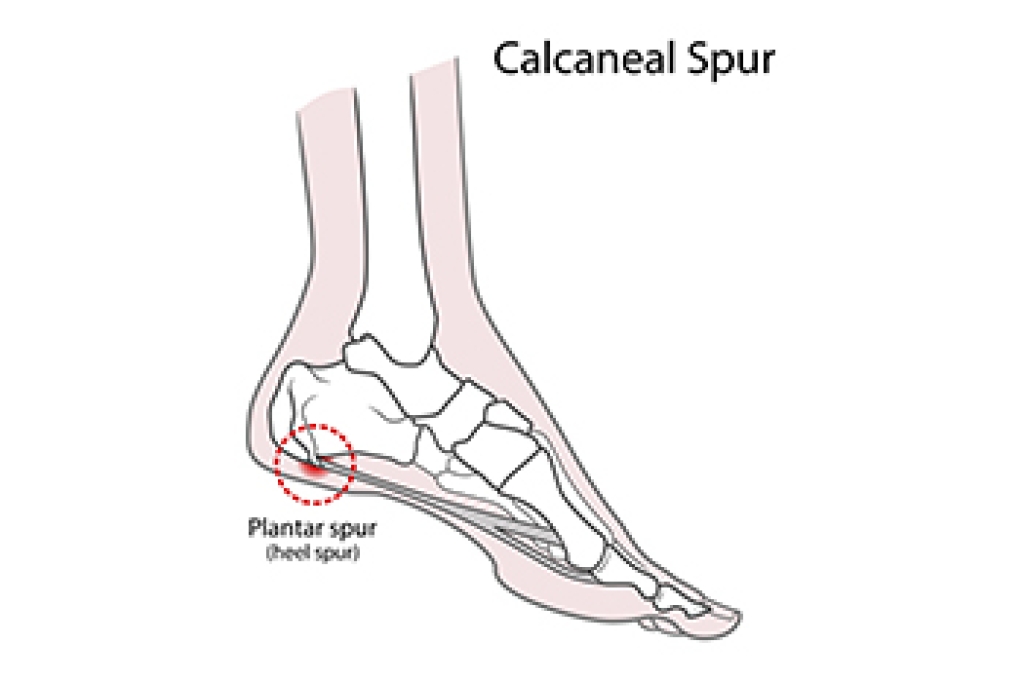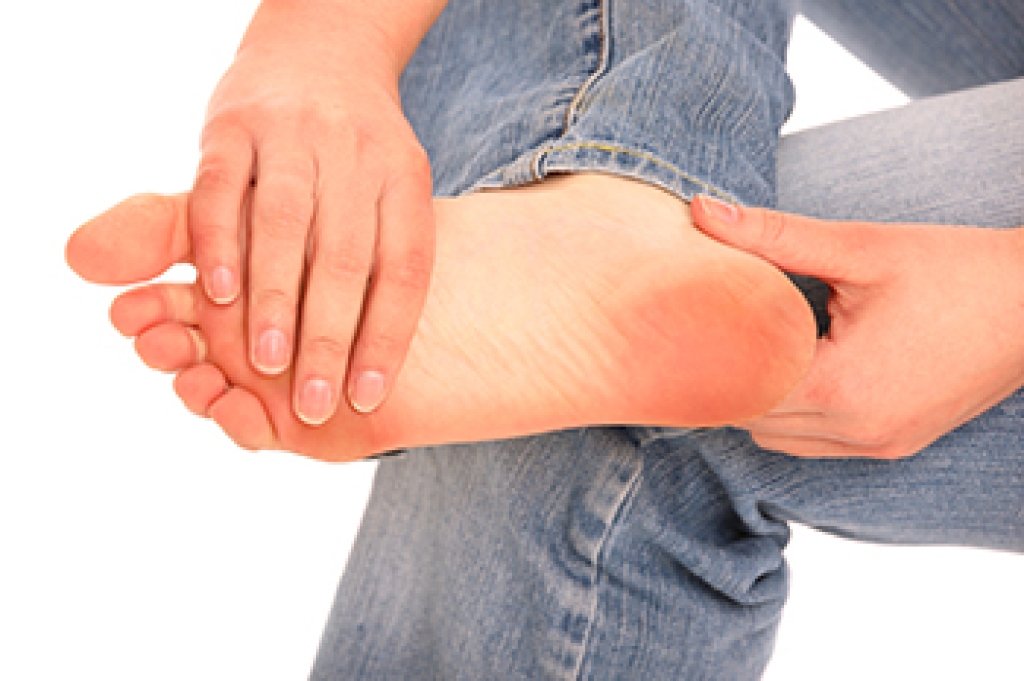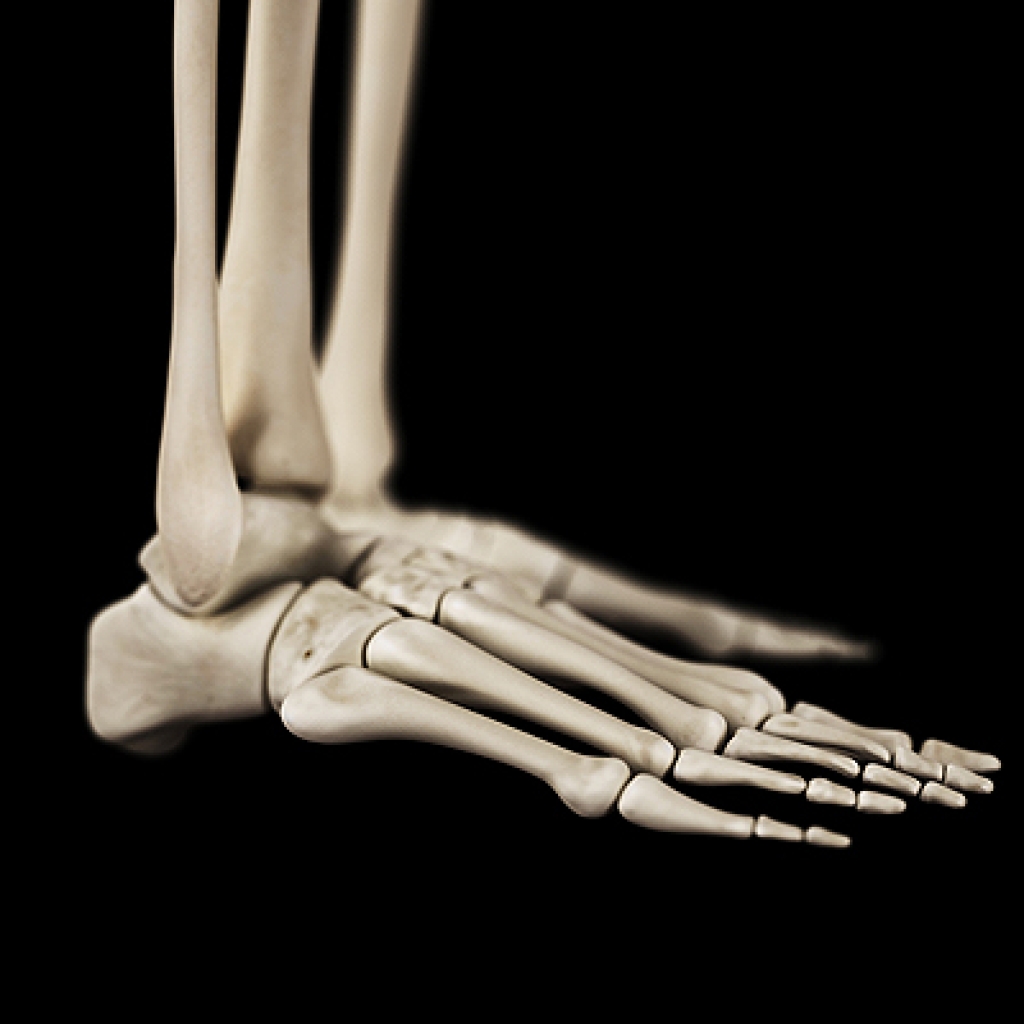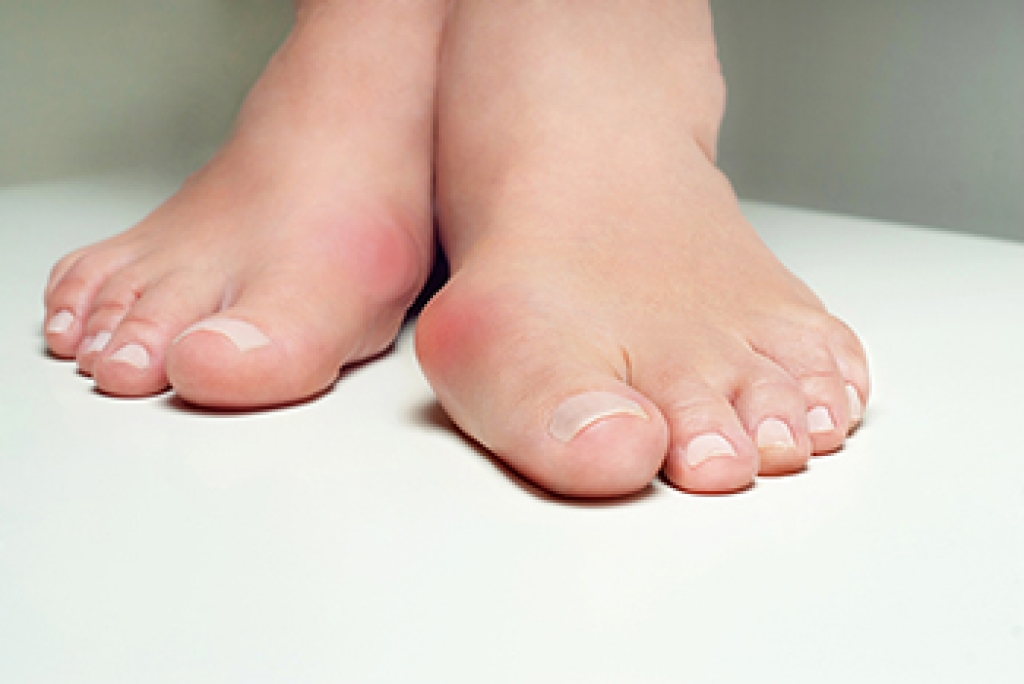
People who develop heel spurs often have heel and foot pain. A heel spur is defined as a bony growth that forms on the underside of the heel and is made of calcium. It can happen as a result of standing on hard surfaces for the majority of the day, or from consistently wearing shoes that do not fit correctly. The pain from a heel spur can range from a dull ache to a sharp pain, which may slightly diminish after walking. Some patients have found mild relief when specific stretches that target the heel are frequently performed. The plantar fascia, which attaches the heel to the toes is often affected in people who have heel spurs. This band of tissue may feel better when it is massaged, which can be done by standing on a tennis ball, and slowly rolling the foot back and forth. The calf stretch is also an effective stretch for the heel. This is done while standing on a step, and lowering one heel at a time until a gentle stretch is felt. If you have heel pain, it is suggested that you confer with a podiatrist who can effectively diagnose a heel spur, and offer you an appropriate treatment method.
Heel spurs can be incredibly painful and sometimes may make you unable to participate in physical activities. To get medical care for your heel spurs, contact one of our podiatrists from Foot & Ankle Centers of Charlotte County . Our doctors will do everything possible to treat your condition.
Heels Spurs
Heel spurs are formed by calcium deposits on the back of the foot where the heel is. This can also be caused by small fragments of bone breaking off one section of the foot, attaching onto the back of the foot. Heel spurs can also be bone growth on the back of the foot and may grow in the direction of the arch of the foot.
Older individuals usually suffer from heel spurs and pain sometimes intensifies with age. One of the main condition's spurs are related to is plantar fasciitis.
Pain
The pain associated with spurs is often because of weight placed on the feet. When someone is walking, their entire weight is concentrated on the feet. Bone spurs then have the tendency to affect other bones and tissues around the foot. As the pain continues, the feet will become tender and sensitive over time.
Treatments
There are many ways to treat heel spurs. If one is suffering from heel spurs in conjunction with pain, there are several methods for healing. Medication, surgery, and herbal care are some options.
If you have any questions, please feel free to contact our offices located in Punta Gorda and Port Charlotte, FL . We offer the newest diagnostic and treatment technologies for all your foot care needs.




